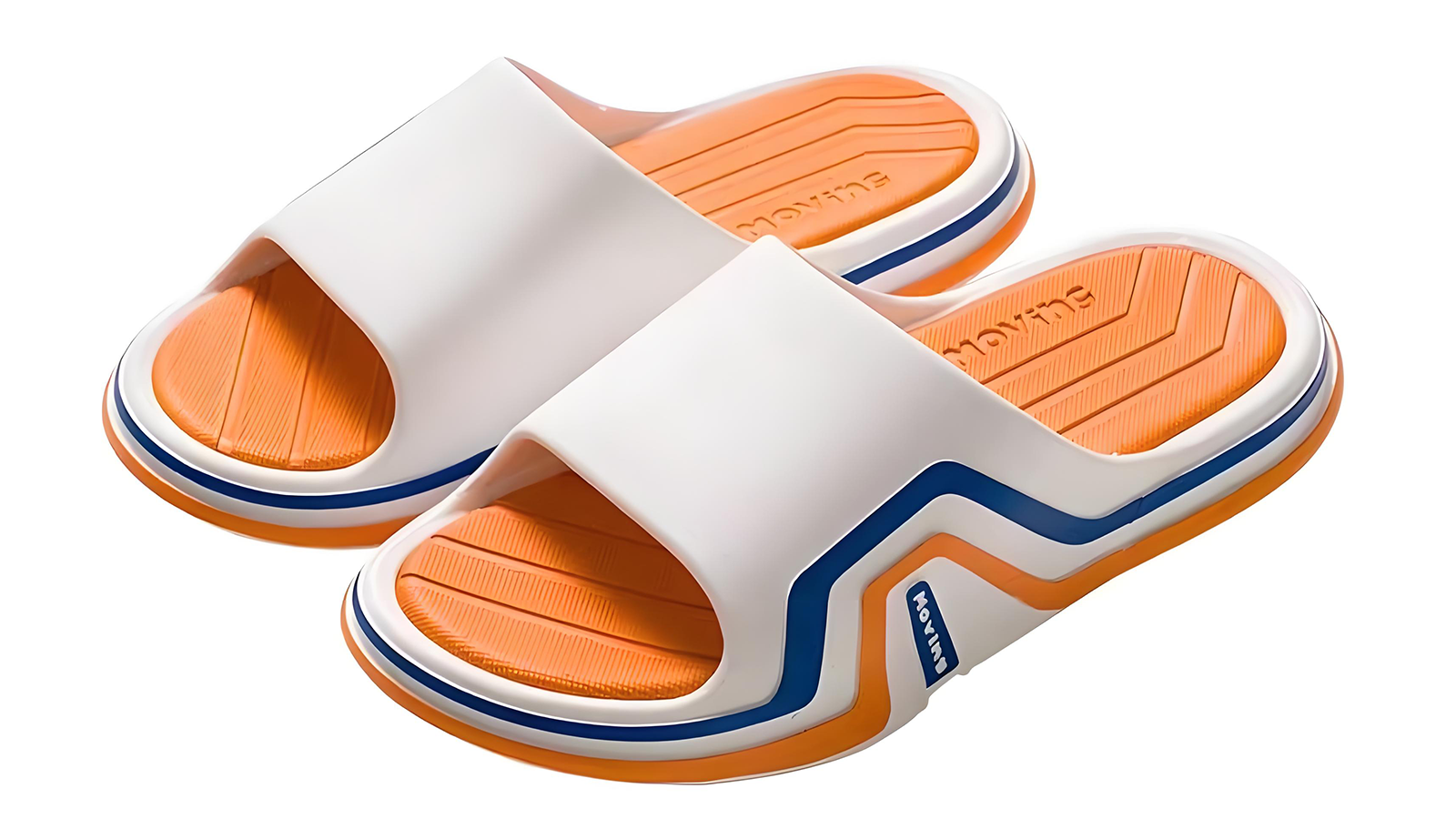Non Slip Slippers: Did you fall at home due to slipping? What about slipping caused by water on the bottom of the shoes? Falling injuries are a very serious thing, but they can be avoided through Non slip slippers. The newly released Non slip sliders are much better than traditional ones. They not only become more comfortable and beautiful, but also more slip resistant. They also have a design that protects the arch of the foot. Most importantly, they are very breathable and comfortable. This article will explain the difference between Non slip slippers and traditional slippers. And purchase advice and daily cleaning methods.
Why Choose Non Slip Slippers?
Picture this: you step out of the shower, still groggy from sleep, and suddenly your foot slips on the bathroom tile. It’s a moment most people have experienced, but few realize how dangerous ordinary slippers can be in daily life. Regular cotton slippers become slippery hazards on wet floors, especially in households with elderly members or young children.
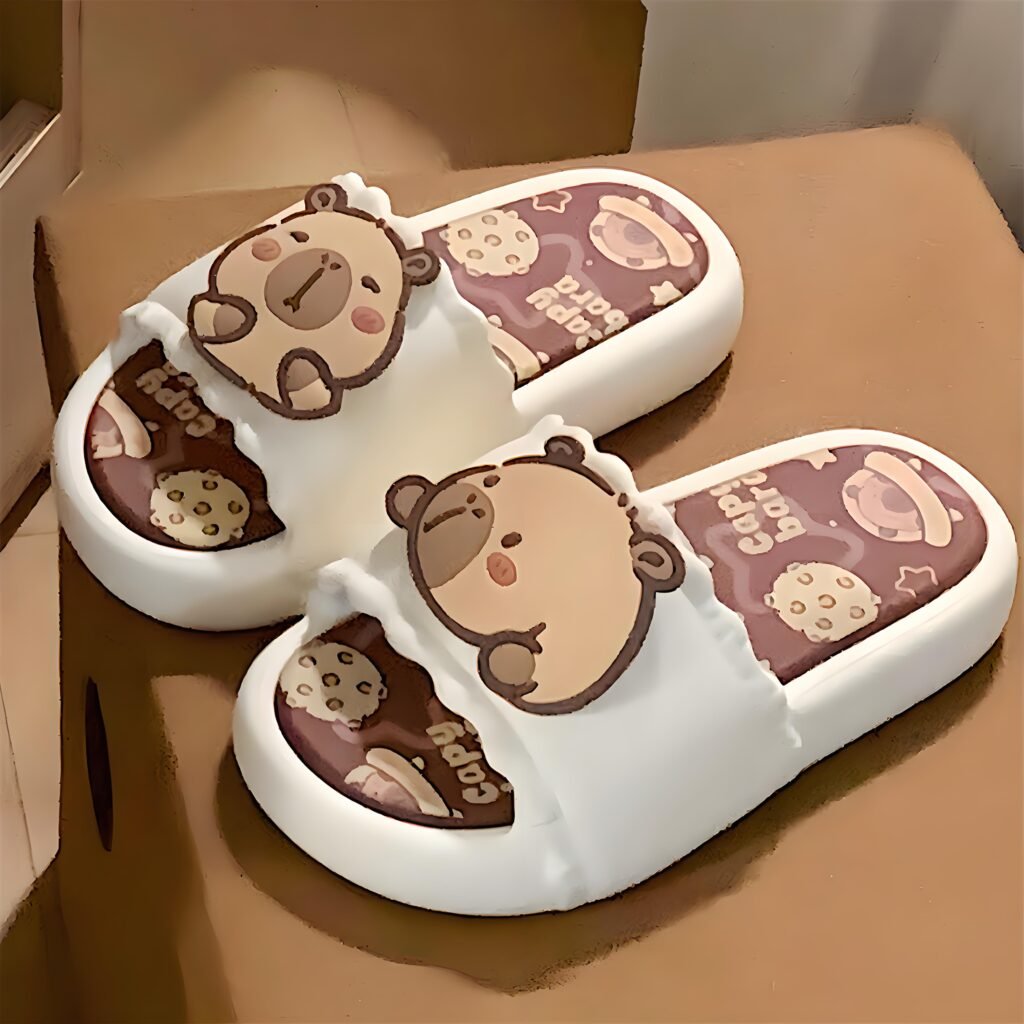
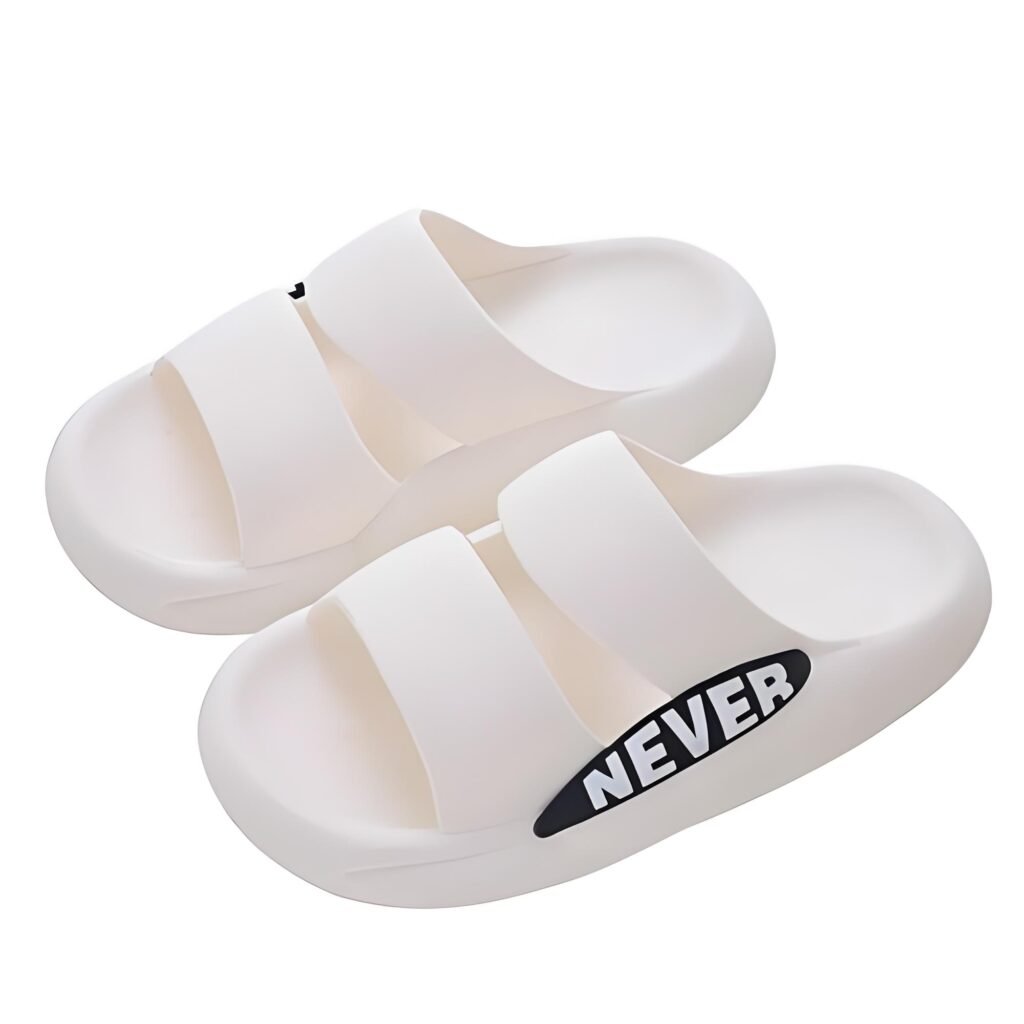
That’s where Non slip slippers shine. Their soles feature a tire-like tread pattern that actually grips better when wet. Many users report feeling confident walking on slippery kitchen tiles even after spilling water. The thoughtful design goes further – a subtle arch support in the midsole reduces foot fatigue during long hours of walking around the house, making them ideal for work-from-home days.
Slip-Proof Technology Deep Dive
Many assume non-slip footwear is just about adding grooves to soles, but there’s more engineering ingenuity involved. The key breakthrough lies in the rubber compound – modern Non slip slippers use a tire-like material that actually gains traction when wet. Think of how car tires displace water on rainy roads, these soles channel moisture away through micro-channels, maintaining grip on slippery surfaces like bathroom tiles or kitchen floors.
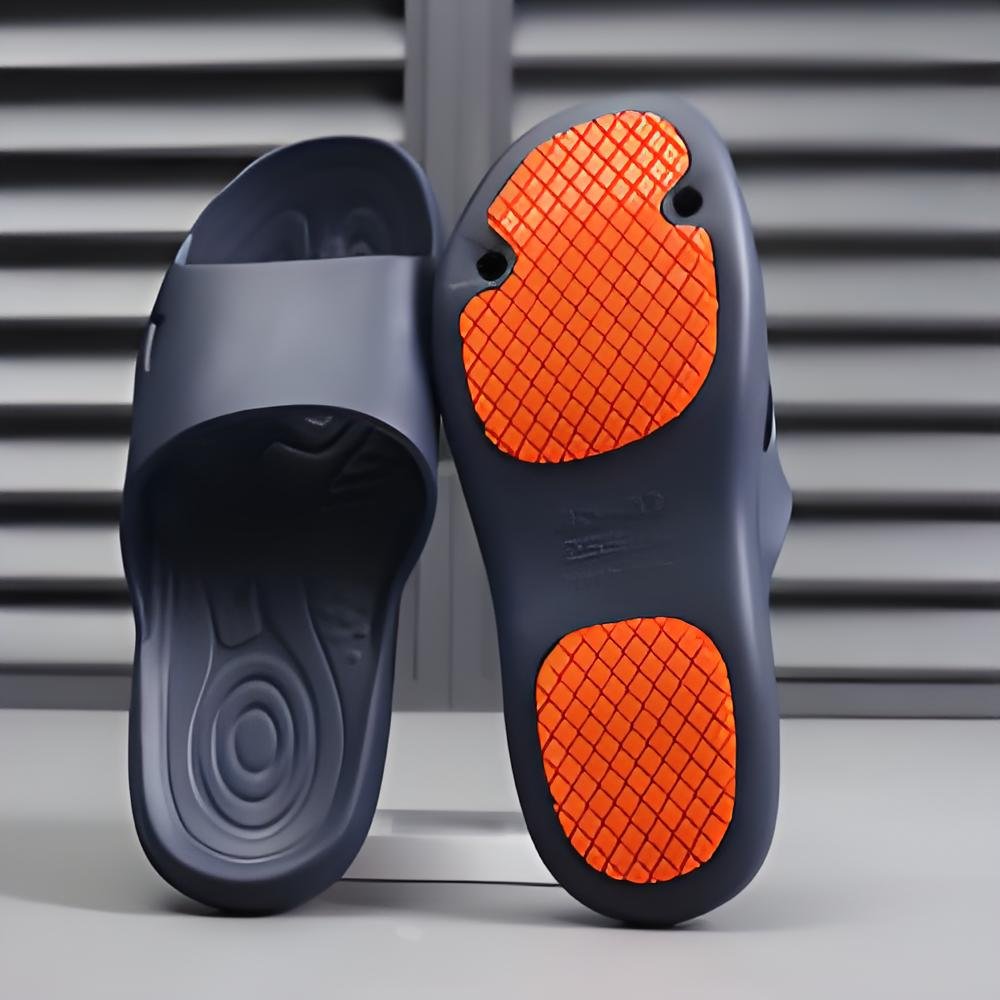
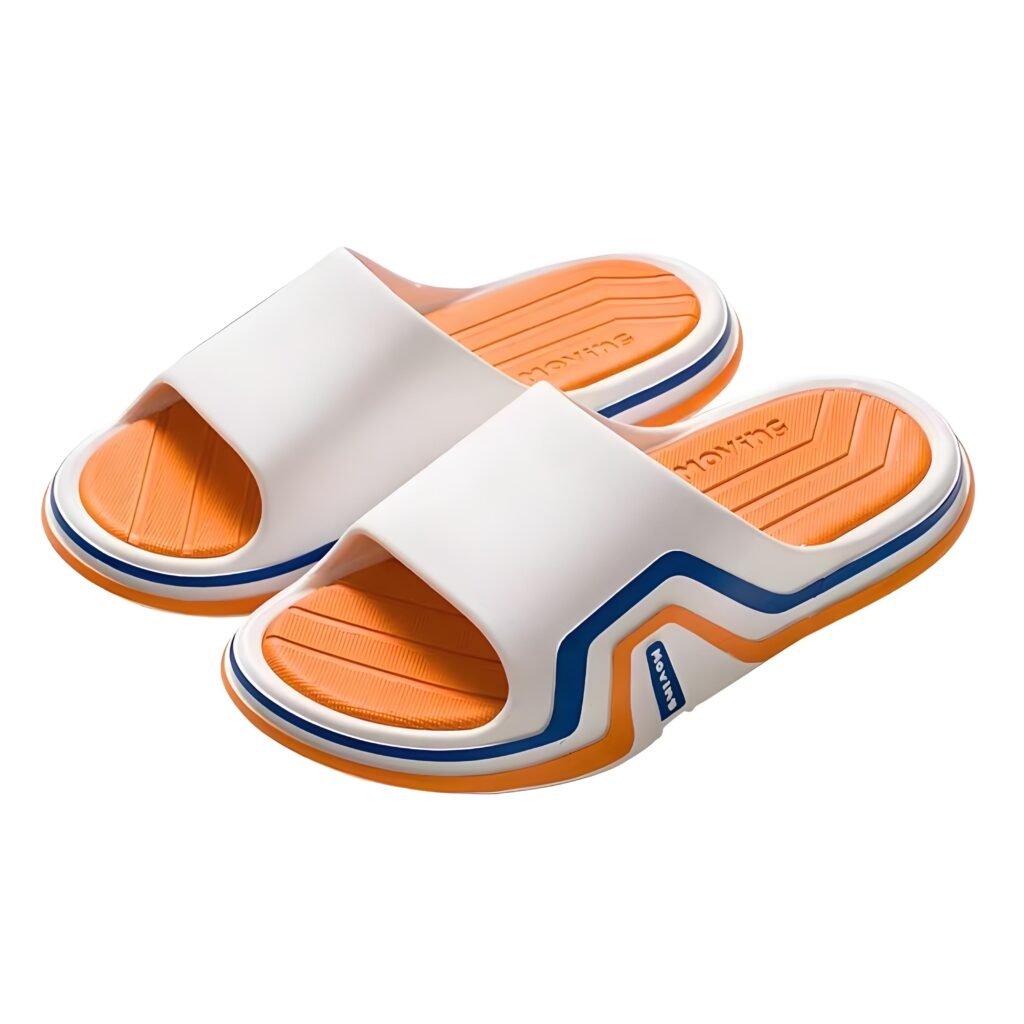
True slip resistance comes from smart weight distribution, not just sticky materials. Some designs feature dual-depth tread patterns – deeper grooves at the heel for stability, shallower ones at the forefoot for flexibility. This proves invaluable on slick surfaces: imagine walking on linoleum floors with spilled cooking oil, your steps remain confident as if navigating rocky terrain with hiking boots.
Traditional vs Non Slip Slippers: 3 Key Differences
The differences between traditional slippers and Non slip slippers go far beyond sole patterns. Many focus on thickness when choosing slippers, but true safety lies in invisible design choices. Take classic cotton slippers – their fuzzy texture feels cozy but becomes slippery when wet. The fibers actually trap moisture, creating a natural lubricant effect. Modern Non slip slippers tackle this with tire-inspired rubber compounds that gain grip when wet, similar to how car tires channel water on rainy roads.
The real secret lies in managing dynamic pressure. Flat soles on traditional slippers create vacuum zones when moving, like the unsettling floaty feeling when stepping on wet tiles. Newer designs use honeycomb tread patterns that displace water instantly, much like windshield wipers clearing glass. One user shared how they used to place towels next to their kitchen coffee machine, but now confidently wipe spills while wearing these slippers – a small change that makes daily cleanup less stressful.
Conclusion
When Non slip slippers evolved from functional items to household essentials, the real question emerged: Must safety and comfort remain mutually exclusive? Traditional choices always demanded compromises – prioritizing grip often meant sacrificing breathability, enhancing traction usually required sacrificing softness. Yet modern designs prove that true innovation should be like air: protective when needed, yet imperceptible during daily use.
This evolution brings more than physical protection – it cultivates psychological security. Picture navigating a greasy kitchen floor without tense tiptoeing, or elderly family members walking confidently at night without fumbling for special slippers. Even household pets chasing around won’t cause slippery mishaps anymore. These subtle improvements actually reshape the foundation of home life – transforming every step from tentative to assured, making safety the default setting of daily existence.
Got questions? contact us.

